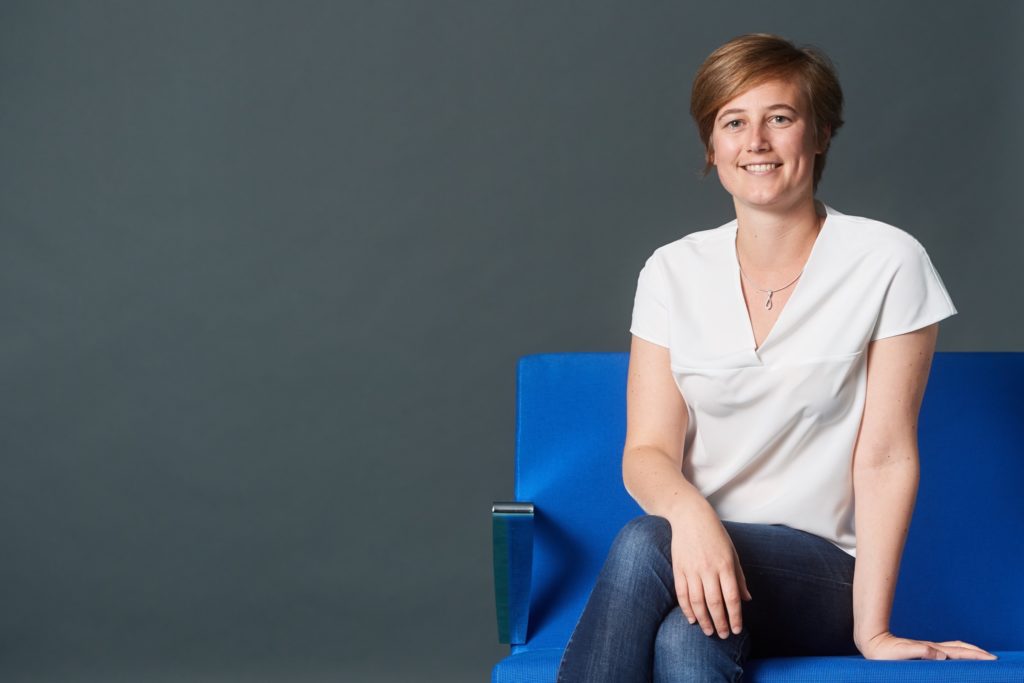November 2019. “L’Echo”, a Belgian financial newspaper, announced that Belgian companies that specialize in technology and biotechnology have raised 491 million euros in the first half of the year. A record compared to previous statistics; not to mention that this time, technology companies have the biggest slice of the cake. While the article highlighted the growth of software companies, we couldn’t help but question the importance of additive manufacturing in the Belgian landscape.
This question had already been put on the table in the past – during one or two interviews with a few market players – but always briefly as if in the end, we were not allowed to talk about it. Feedback collected so far gave a certain trend but not the reality. Indeed, an additive manufacturing company might often have a biased view of a single topic, a view that in the end, reflects the reality of its vision, and how it approaches a given market. So, how is the Belgian additive manufacturing (AM) market doing? What are the opportunities for national and international companies? What are the areas for improvement? We have discussed these points with AGORIA.
AGORIA.
Agoria is the national federation of Belgian technology companies. With more than 1900 Belgian companies in its portfolio, the organization is the largest trade association that contributes to the development of policies at regional, federal and European levels while improving the social and economic climate for companies in the technology industry. An organization that finally requires a certain structure.

Camille MOMMER, Business Group Leader Manufacturing, Manufacturing & Innovation Services is Agoria’s spokesperson regarding additive manufacturing-related activities. She explains from the outset how the organization is structured and how the subject of “additive manufacturing” came to the table:
“We divide our companies into 2 main sectors: a sector dedicated to manufacturing (manufacturing of machines or parts) and a sector dedicated to digital companies. On May 2018, we realized that we kept receiving questions regarding AM from our members. A quick analysis showed us that AM is the link that enables professionals to move from the digital to the physical product.
My predecessor surveyed to see if there was any interest in the subject. Made in collaboration with PwC, the results of the survey have been released last year, revealed that the market was eager to know more about AM but did not know how and where to start.
So, we gathered around 20 companies that were interested in the project. They constitute a business unit and share knowledge through projects or information sessions.”
The 4E approach
On a scale of 1 to 10, what is the level of adoption of 3D printing/additive manufacturing by players on the Belgian market?
“My scientific side is struggling to you an accurate answer,” says Camille. Bio-engineer by training, her background shows that she built up experience in research companies, before being involved in organizations that support companies at the financial level and in their development.
“The hurdles that we identified at the time – two years ago – are still valid”, she continues. “There are still many companies that are not yet aware of the technology potential, and those that decide to take a leap into this market are still confused as they do not know how to evaluate the potential for their business or do not have the qualified workforce.”
That’s why the PwC report on the state of the art of AM in Belgium recommends the 4E approach:
“The main challenge to improving processes or creating new products using AM is to identify the first pertinent use case. All companies experience the same virtuous circle: identifying the right AM opportunities raises your position in the learning curve and creates internal know-how. This internal know-how helps (partially) resolve the technology and cost challenges as it helps you identify the next right opportunities. The first step is to start somewhere », explains the report. So, the 4Es approach includes these stages: Explore, Estimate, Evaluate, Experiment.
On its side, Agoria has started to put this approach into practice for its members. They launched in November 2019 the “3D Print Challenge” which aims to raise the interest of students and young professionals, in additive manufacturing. By designing and manufacturing a product designed for the consumer goods industry or an industrial application, participants will be able to “think additively”.
While professionals might be able to (further) explore the potential of the technology, Camille explains that Agoria’s goal is also to encourage students to consider a job in the field as an option.
Collaborating with Belgian companies
The million-dollar question. To work with Belgian companies, you need to understand the context of the country; a country that integrates three main regions - Flanders, Wallonia and Brussels - each of them operating independently.
“3D printing has not evolved in the same way in Wallonia and Flanders. The company profiles are also different. Flanders-based companies mainly specialize in additive manufacturing,” explains Agoria’s Business Group Leader in Manufacturing.
Associations such as FLAM3D whose goal is to promote and support companies in the AM industry have quickly jumped on the bandwagon in the Flemish region and – in the Netherlands.
“Wallonia, on the other hand, hosts industrial companies, major aerospace groups and big names such as Sirris, which has become a key player on the market. Such a company rarely calls for the services of a contract manufacturer or 3D printing service provider. Given the scope of their activities, they usually prefer to invest in technology (to purchase of AM systems and/or software licenses),” continues the bioengineer.
What about Brussels? “Beauty” is no longer the land of industrial companies, as per the words of Camille. The city hosts a few companies that have decided to specialize in certain sectors. Spentys, for instance, a start-up that delivers 3D printed prostheses stands out from the crowd.
“In general, medical technology well evolves in the country. Another company that proves it is Materialise. When it comes to healthcare, it’s easy to make people understand the value of technology, even if the cost is still thought-provoking”, the spokeswoman said.
A profile that should raise the interest of the industry
It seems that companies that may have a strong interest in integrating AM technologies are usually industrial SMEs. According to Camille, such type of companies has to think twice before investing in AM. Indeed, even though they see the potential to leverage, they do not have the same “financial freedom” than Big Fortune have.
Therefore, for these companies, the return on investment must be certain, quantified and accurate.
Are there factors that are slowing down the growth of AM?
First, it should be noted that there are common factors that slow down the development of the market and there are factors that are specific to each market.
The financial aspect is a topic that almost every company, whatever its market is, has to address. As far as Belgium is concerned, our scientist believes that if the business case is clear, the investment will follow.
In Belgium, companies strongly pay attention to market opportunities, and to date, one opportunity that needs to be seized is to help companies understand the value-added of AM for their business.
At the beginning of 2020, the Belgian federation estimated at 20,000 the number of jobs that the technology sector will create by 2024. “It is, therefore, necessary to intensify activation”, as CEO Marc Lambotte said, and in this regard, AM companies have a responsibility to share.
In universities and colleges, despite the expertise of lecturers and research units, Camille Mommer notes, that only design colleges have started to integrate AM into their curricula. At the university level, efforts still need to be made.
In a nutshell…?
For a country that mainly exports to Germany, France and the Netherlands, Belgium augurs well with regards to additive manufacturing. As everywhere, there are areas for improvement, and the good news is that professionals know exactly where action needs to be taken.
However, it should be noted that among the giants that are making the market’s history, some of them are making the pride of the country.
“We can be proud of the Belgian ecosystem. There is a level of companies available that have enough expertise to support companies that want to take a leap into this market, and this is of paramount importance”, concludes Camille MOMMER.
This article was first published in the March/April issue of 3D ADEPT Mag, as part of the new segment “Country Focus”.
Remember, you can post free of charge job opportunities in the AM Industry on 3D ADEPT Media or look for a job via our job board. Make sure to follow us on our social networks and subscribe to our weekly newsletter : Facebook, Twitter, LinkedIn & Instagram ! If you want to be featured in the next issue of our digital magazine or if you hear a story that needs to be heard, make sure to send it to contact@3dadept.com






